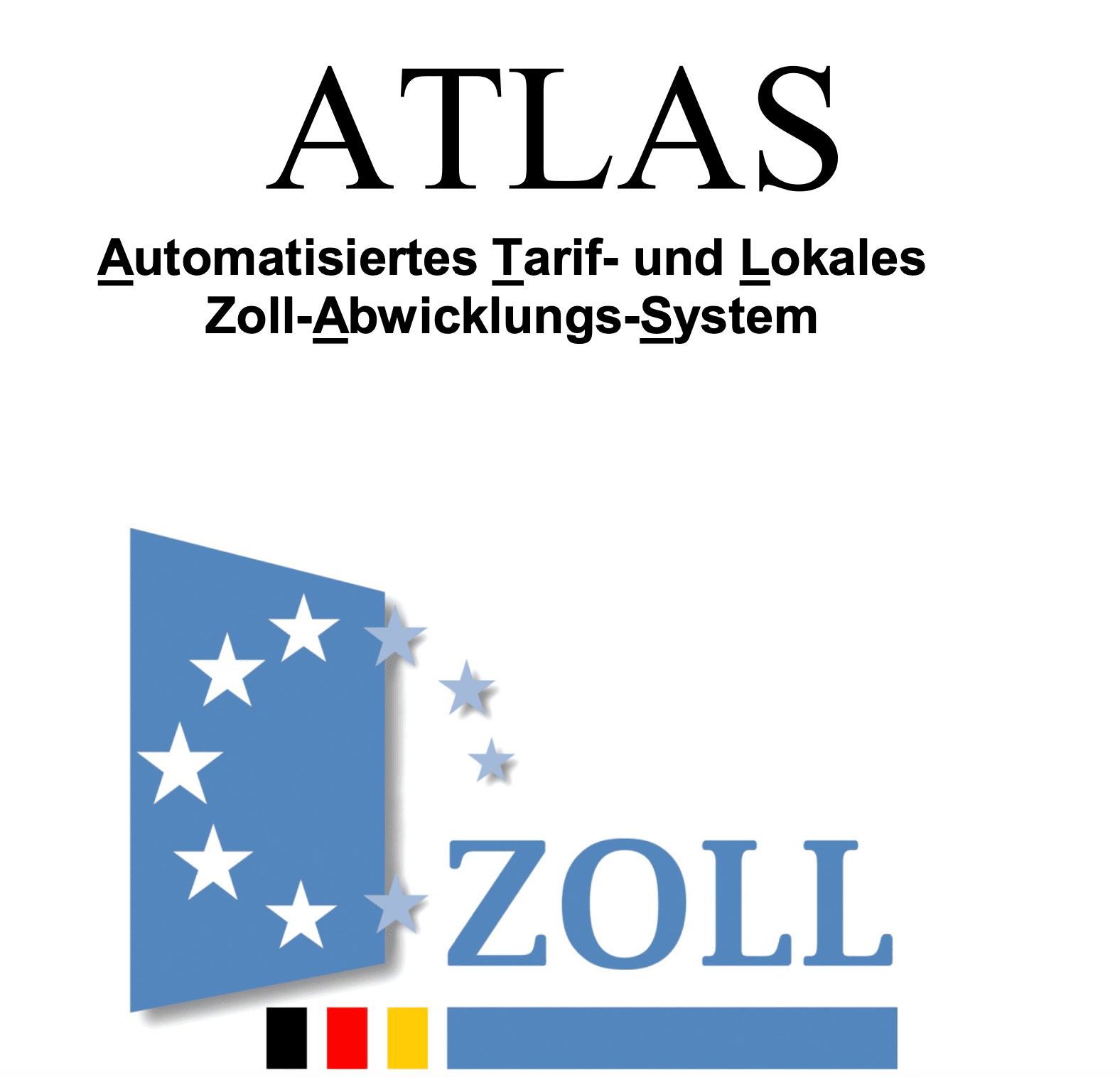News from customs and foreign trade
11. December 2024 ·
1 Min. Reading time
UPDATE: BAFA fact sheet on Art. 5 of the new Dual-Use Regulation
BAFA has now also published the recently published information sheet on Art. 5, which regulates the export of goods suitable for digital surveillance, in English. The links to both versions can be found here:
Leaflet English:
https://www.bafa.de/SharedDocs/Kurzmeldungen/DE/Aussenwirtschaft/Ausfuhrkontrolle/20211022_merkblatt_art-5_englisch.html
German leaflet:
https://www.bafa.de/SharedDocs/Downloads/DE/Aussenwirtschaft/afk_merkblatt_eu-dual-use-vo_artikel-5.html
PS: Our update course on the new Dual-Use Regulation will soon be available online as an eLearning course.
In this course, Laura Louca and Florian Wolf from BLOMSTEIN will give you an overview of the new regulations. Of course, Art. 5 will also play a key role. So stay tuned!
Read more
11. December 2024 ·
1 Min. Reading time
Update of the harmonised system as of 01.01.2022
On 01.01.2022, the nomenclature of the harmonised system will be updated every five years. To facilitate the implementation of these changes, the WTO (World Trade Organisation) has activated the so-called "HS Tracker" on its homepage, which can be used to track the changes.
You can find the link to the HS Tracker here: https://hstracker.wto.org/
Read more
11. December 2024 ·
1 Min. Reading time
“What is autonomous tariff suspensions actually all about?”
I was asked this question by a member of my LinkedIn network. I am therefore happy to address this topic:
So-called autonomous tariff suspensions (ACS) can be requested by importers under certain conditions, especially when a certain product/technology is not produced by EU-based manufacturers. If such goods are subject to import duties, a duty suspension can be considered.
Applications are reviewed twice a year, on 1 January and 1 July. There is an objection period for manufacturers based in the EU. These companies should check regularly whether such an application has been submitted for their finished products and, if necessary, initiate an objection procedure in order to avoid competitive disadvantages.
A portal of the EU Commission which you can use to search for the customs tariff numbers relevant to you can be found below. I have also linked to explanations of the application procedure of the Federal Ministry for Economic Affairs and Energy.
Have you found your products?
Portal of the EU Commission:
https://ec.europa.eu/taxation_customs/dds2/susp/susp_consultationchapter.jsp?Lang=de&buttonId=searchBtN&pubCycle=sus+2022-01&chapters=84&Expand=true&offset=0
Application procedure for autonomous tariff suspensions (AZZ):
https://www.bmwi.de/Redaktion/DE/Artikel/Aussenwirtschaft/zollabwicklung-autonome-zollaussetzungen-zollkontingente-verfahren.html
Read more
11. December 2024 ·
1 Min. Reading time
UPDATE: Changes to the HS system as of 01.01.2022
In the meantime, the EU Commission has also announced the changes to the Combined Nomenclature (CN), which reflects the 351 changes to the HS system. You can find the link here:
https://eur-lex.europa.eu/legal-content/DE/TXT/?uri=uriserv%3AOJ.L_.2021.385.01.0001.01.DEU&toc=OJ%3AL%3A2021%3A385%3ATOC
Read more

11. December 2024 ·
1 Min. Reading time
It’s “and action” again!
I am currently in Berlin to create new eLearnings on energy and electricity tax law together with the experts from the BLOMSTEIN law firm in Berlin.
We started with Reinhart Rüsken, who analysed the current case law from 2021 for you in order to show you the stumbling blocks that need to be avoided in business practice. Next, we will be recording an online training course on electricity tax law with Leonard von Rummel. So look forward to these new courses soon!
Read more

11. December 2024 ·
1 Min. Reading time
Annual financial statements 2021
I would like to thank you today for the constructive dialogue, your comments and suggestions in 2021!
With your feedback, you have made a decisive contribution to the success and further development of the PASANI Customs Academy. Thank you very much for this.
Looking back on 2021, we are proud to have reached some ground-breaking milestones. We have expanded our range of courses and adapted them to the needs of our customers. I am also extremely pleased about the cooperation with the law firm BLOMSTEIN. Roland M. Stein's team will provide you with their expertise in the areas of excise duties and export controls, and we will also be able to offer you a whole series of new courses in these areas in 2022.
As you can see, our new company logo will not be the only change in the new year. In addition, the implementation of our new learning platform is currently in full swing, which will offer you the opportunity to experience our eLearnings in a completely new way. So stay tuned!
For the upcoming holidays, I wish you a relaxing time with your loved ones, a happy new year and a healthy and successful 2022.
Read more

11. December 2024 ·
1 Min. Reading time
New for 2022: new mandatory information in the export declaration
In the future, the ‘carrier’ must be specified in every export declaration with their EORI number (or alternatively TCUI number for carriers based in the third country). In Germany, this change will be introduced with the AES release 3.0, which is to be implemented as part of a soft migration by April 2023 at the latest. This is likely to pose a massive challenge for many exporters.
In my opinion, the only practical solution is to separate the export declaration and the ASumA (the summary of exit display) and to submit the ASumA separately. The carrier is obliged to submit the ASumA before the goods actually leave. Since all ASumA data was already available when the ABD was created, the ASumA information could be transmitted together with the ABD by the exporter, which, to my knowledge, is almost always the case in Germany and makes a separate ASumA largely obsolete.
The now necessary separation of ABD and ASumA is likely to lead to an unbearable burden on freight forwarders and logistics companies and to delays in exports.
Read more

11. December 2024 ·
1 Min. Reading time
New ATLAS procedural instructions now online!
The German customs administration published the new version of the ATLAS procedural instructions today (13 January 2022). It will be applied from 15.01.2022! This mainly takes into account the new IMPOST procedure for low-value consignments, but also some other adjustments.
You can find the link to the document here:https://lnkd.in/dxErP84D
Read more

11. December 2024 ·
1 Min. Reading time
Brexit and the subsequent termination of the export procedure
Dear customs community,
In this article, I would like to address a topic that is not entirely new - but which is still frequently brought to my attention and raises many questions. In particular, when different customs offices have different requirements for an alternative proof, uncertainty arises and questions arise. Although it is not a BREXIT-specific problem, many export procedures that have been opened to the UK remain unresolved. The customs administration has also responded to this with simplifications.
But first things first!
The follow-up procedure for exports
If no exit note (AGV) has been received within 90 days of the release for export, the customs office will initiate the follow-up procedure and you will be requested via ATLAS to provide information on the whereabouts of the goods. You have 45 days to respond.
If the export has taken place, an alternative proof must normally be submitted within 150 days (after release for export). Due to the large number of uncompleted transactions to the UK, the German customs administration has extended the deadline to 500 days until further notice (see chart or ATLAS Info 0255/21).
Read more

11. December 2024 ·
1 Min. Reading time
Second live update on the Russia sanctions with Dr Ulrich Möllenhoff
Since our first LinkedIn Live event on 28 February, we have received many questions and discussed many practical issues. The sanctions have also been tightened in recent weeks and there have been important changes. Currently, many practical details have not yet been finalised by the authorities. In addition, further sanctions must be expected. Due to the complexity of the issue, we have provided an update on the recently published tightening measures.
You can find the full article here:
https://www.linkedin.com/video/event/urn:li:ugcPost:6913917677203775488/
Read more